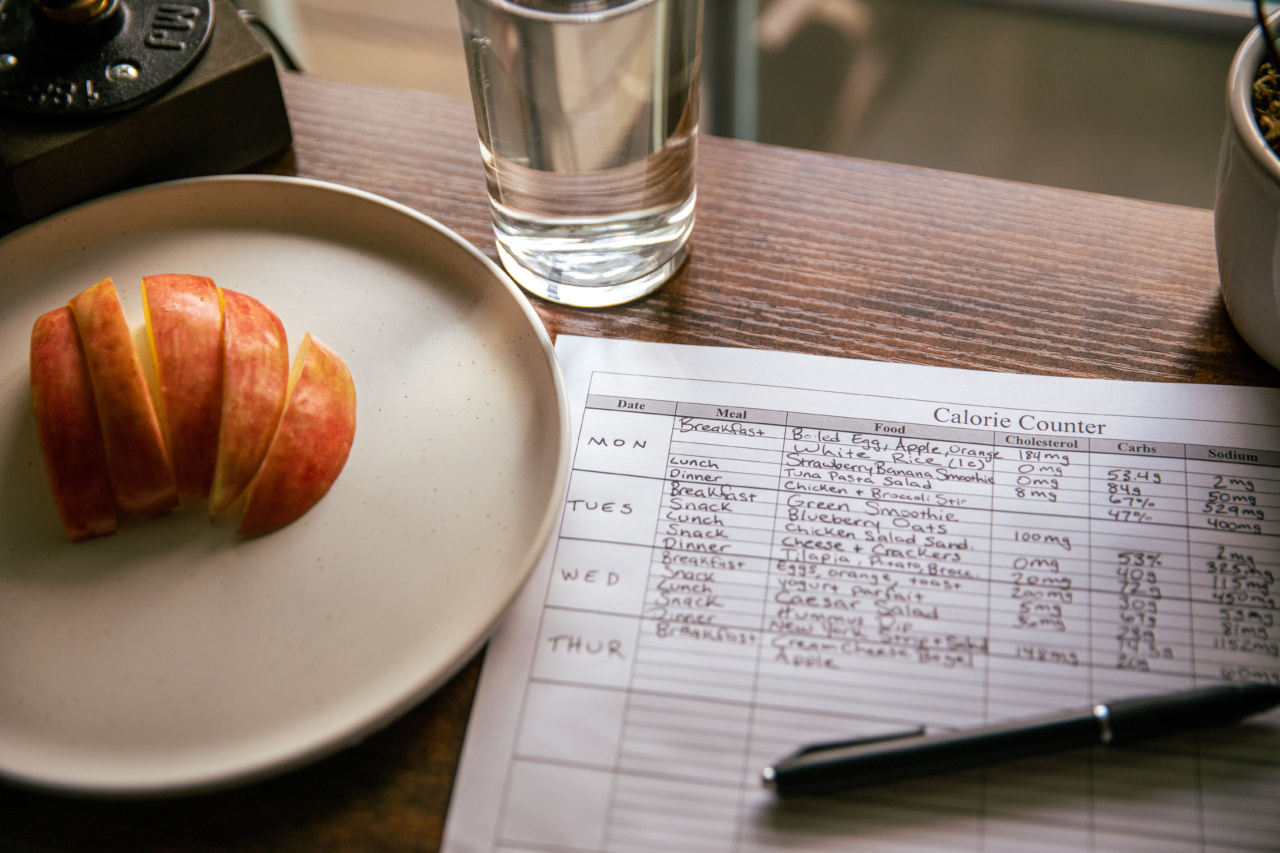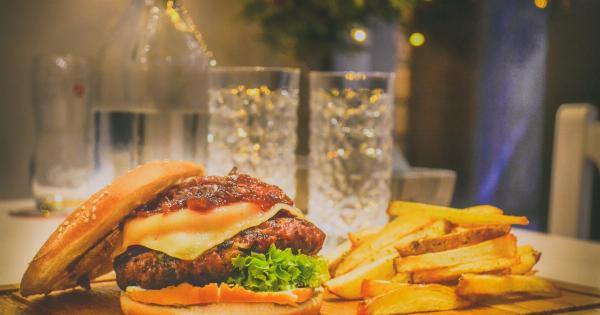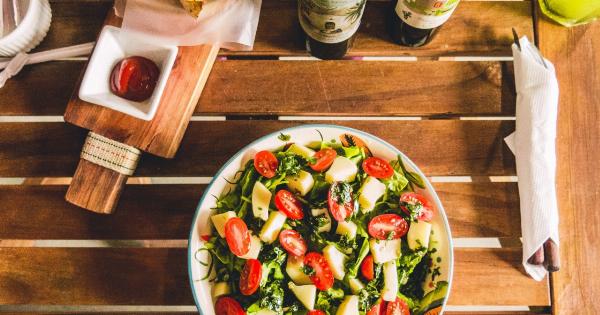Fasting has been known to have several benefits, including weight loss, improved insulin sensitivity, and reduced inflammation.
If you’re planning to fast, then it’s important to monitor your calorie intake, to avoid overeating after the fast. To help you out, we’ve put together a complete list of fasting calories for easy tracking.
What You Need to Know Before Starting Fasting
Before you start fasting, it’s important to understand that there are different types of fasts, such as intermittent fasting or water fasting. These fasts can last for a few hours to multiple days, depending on your preference.
When it comes to tracking your calories during a fast, it’s best to stick to water, coffee, and tea, as they contain zero calories.
If you opt for intermittent fasting, where you have a feeding window and a fasting window, then it’s important to stick to healthy and nutrient-dense foods during the feeding window.
These types of foods will help you feel full longer and keep your calorie intake in check.
Calories in 1 Cup of Beverages
During a fast, it’s important to stay hydrated. Here are the calories in one cup of some of the most common beverages you’ll find:.
- Water – 0 calories
- Black coffee – 2 calories
- Green tea – 2 calories
- Herbal tea – 0 calories
- Apple cider vinegar – 3 calories
- Bone broth – 86 calories
Calories in 100 Grams of Fruits and Vegetables
If you’re opting for intermittent fasting, you’ll need to make sure that you’re consuming enough nutrients during your feeding window. Here are the calories in 100 grams of some of the most common fruits and vegetables:.
- Apples – 52 calories
- Bananas – 89 calories
- Oranges – 47 calories
- Broccoli – 34 calories
- Carrots – 41 calories
- Spinach – 23 calories
Calories in 100 Grams of Protein
Protein is important to help you feel full and build and repair muscle. Here are the calories in 100 grams of some of the most common sources of protein:.
- Chicken breast – 165 calories
- Salmon – 208 calories
- Ground beef (90% lean) – 176 calories
- Tuna – 96 calories
- lentils – 116 calories
- Chickpeas – 164 calories
Calories in 1 Tbsp of Oils
Adding a small amount of healthy oil to your meals can help you feel fuller for longer. However, it’s important to measure the amount you’re using, as oils can quickly add up in calories.
Here are the calories in 1 tablespoon of some of the most common oils:.
- Olive oil – 120 calories
- Coconut oil – 116 calories
- Avocado oil – 124 calories
- Canola oil – 124 calories
- Sesame oil – 119 calories
Calories in 1 Tbsp of Condiments and Sauces
Adding condiments and sauces to your meals can add flavor without adding too many calories. However, it’s important to measure the amount you’re using, as they can quickly add up in calories.
Here are the calories in 1 tablespoon of some of the most common condiments and sauces:.
- Ketchup – 19 calories
- Mustard – 9 calories
- Barbecue sauce – 29 calories
- Mayonnaise – 94 calories
- Soy sauce – 8 calories
Calories in 1 Tbsp of Sweeteners and Spices
Adding a small amount of sweetener or spice to your meals can add flavor without adding too many calories. However, it’s important to measure the amount you’re using, as they can quickly add up in calories.
Here are the calories in 1 tablespoon of some of the most common sweeteners and spices:.
- Honey – 64 calories
- Maple syrup – 52 calories
- Cinnamon – 6 calories
- Garlic powder – 9 calories
- Paprika – 6 calories
Conclusion
Fasting can be an effective way to improve your overall health, but it’s important to track your calorie intake to avoid overeating after a fast.
Use this list of fasting calories to help you stay on track and ensure you’re consuming enough nutrients during your feeding window.





























